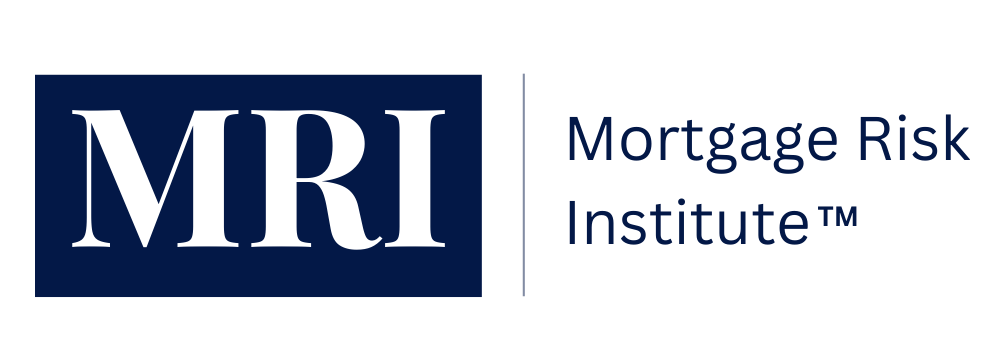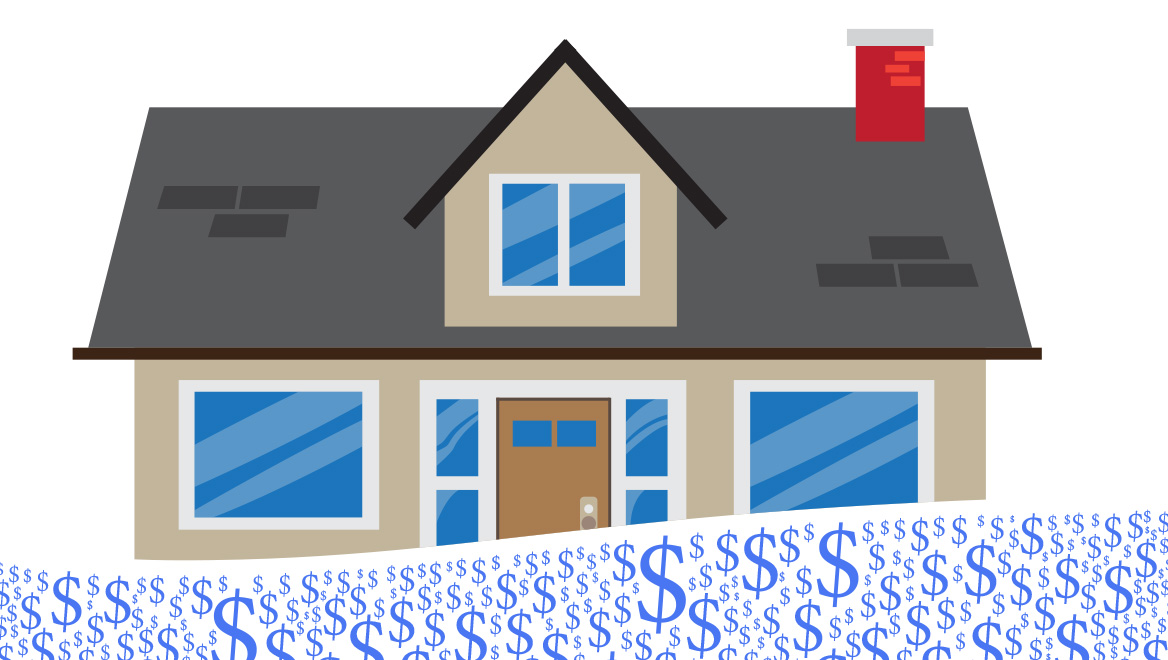Hurricane Helene left a path of destruction across the Southeastern U.S., causing more than 150 deaths, with several hundred more people reported missing, and devastating entire downtowns and countless neighborhoods. After making landfall as a Category 4 storm in Florida’s Gulf Coast, Helene brought catastrophic flooding and landslides to several states, knocking out power and communication lines for millions.
Rescue efforts continued into this week, with officials struggling to reach isolated areas where roads remain impassable and basic services like water systems are severely damaged. The storm’s impact stretches beyond heavily hit Florida and North Carolina, with widespread damage reported as far as Tennessee and Virginia.
In response, financial institutions and industry regulators are mobilizing relief efforts. Many institutions, with regulatory approval, temporarily closed branches in the affected areas to prioritize safety while working to restore essential banking services as quickly as possible.
Several banks are offering specialized programs to assist affected customers. These initiatives include mortgage relief programs that provide temporary forbearance, allowing homeowners to pause their payments for up to 12 months without penalties. Businesses and individuals facing financial hardships can also access fee waivers and grants to help cover immediate costs, with some programs extending support to those who have lost their homes or places of employment.
Additionally, banks are matching employee donations to relief agencies, providing further aid. These efforts not only address immediate needs, such as cash access and loan deferrals, but also offer long-term recovery support through grants, savings programs, and partnerships with disaster relief organizations.
Banks can play a critical role in helping their communities recover from disasters, an RMA Journal article from earlier this year explained. Being prepared for emergencies and responding quickly can make all the difference. Here are some key takeaways:
- Communicate clearly with customers and employees. In the aftermath of a disaster, it’s crucial for banks to maintain open lines of communication. This includes setting up dedicated hotlines for affected customers, providing regular updates through social media, and ensuring that branch-level guidance is readily available. Keeping employees informed and checking on their well-being is equally important, as is ensuring customers know how to access essential services such as ATMs, online banking, and fee-waiver programs.
- Support must continue even after the worst is over. Waiving fees, providing loan deferrals, and offering safe storage for critical documents or relief checks are ways banks can support both customers and non-customers. Working with organizations like the Small Business Administration to help customers access disaster relief can also ease the path to recovery.
- Anticipate a spike in deposit activity from relief funds and be proactive in monitoring credit risk and other challenges—and ensure continuity plans for the bank and its customers are ready for future emergencies.
Banks that are prepared and responsive not only help their communities rebuild but also strengthen their own resilience for future challenges.




